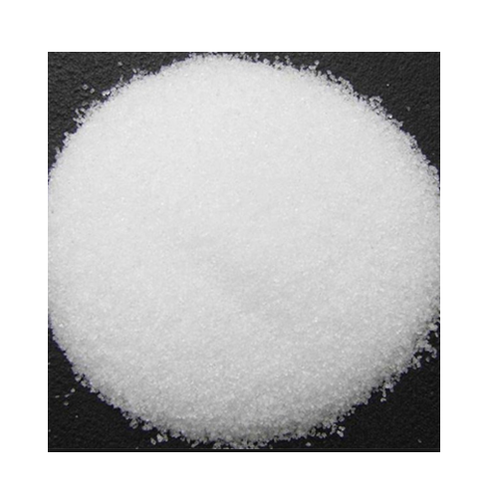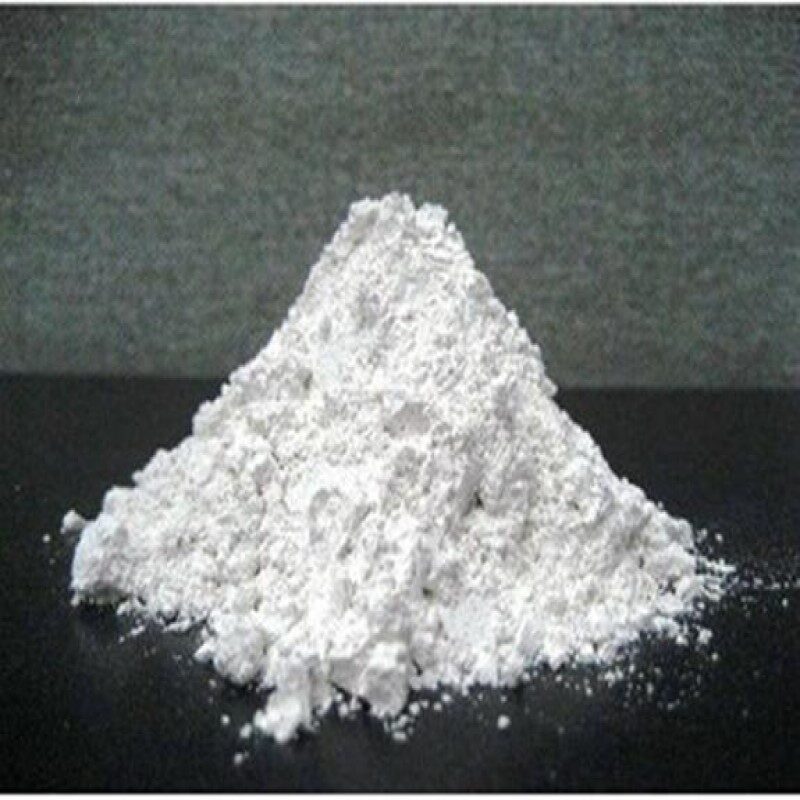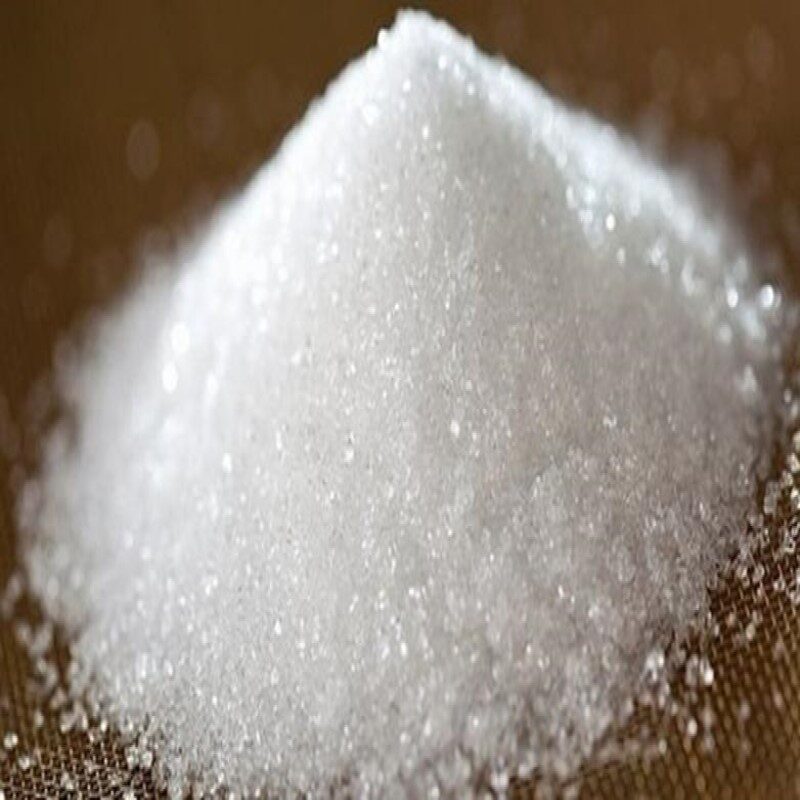Description
Remarks: The material complies as per above specification.
Uses: It is used as a leavening agent and also as smelling salt. It is also known as baker’s ammonia and was a predecessor to the more modern leavening agents baking soda and baking powder.
Packing: 25 kg HDPE Bags/HDPE Drum.
For AMIZARA SPECILITY CHEMICALS LLP
MSDS
Ammonium Bromide MSDS Sheet, Material Safety Data Sheet
Section 1: Chemical Product and Identification
| Product Name & Other Names: |
Ammonium bromide |
| CAS No: |
12124-97-9 |
| EINECS EC No.: |
235-183-8 |
| Molecular Weight: |
97.9 |
| Chemical Formula: |
NH4Br |
| Relevant uses and uses advised against (if any): |
Industrial Manufacturing. |
| Suppliers: |
As per letterhead. |
Section 2: Hazards Identification
GHS, Globally Harmonized System Classification in accordance with 29 CFR 1910 Classification according to Regulation (EC) No 1272/2008:
- Serious eye damage/eye irritation Category 2ALabeling according to GHS & Regulation (EC) No 1272/2008
- Signal Words: WarningHazard statements:
- H319: Causes serious eye irritation.Precautionary statements:
- P264 Wash skin thoroughly after handling.
- P280: Wear protective gloves/protective clothing/eye protection/face protection.
- P305+ P351 + P338 IF IN EYES: Rinse cautiously with water for several minutes.
Remove contact lenses, if present and easy to do. Continue rinsing.
- P337+P313 If eye irritation persists: Get medical advice/ attention.
Classification according to Directive 67/548/EEC or Directive 1999/45/EC:
| Hazard Symbol: |
Xi Irritant |
| Risk Phrase: |
R36 = Irritating to eyes. |
Section 3: Composition and Information on Ingredients
| Composition Name: |
Ammonium Bromide |
| CAS #: |
12124-97-9 |
| EINECS EC No.: |
235-183-8 |
Section 4: First Aid Measures
Always seek medical attention after first aid measures are provided.
- Eye Contact: Check for and remove any contact lenses. In case of contact, immediately flush eyes with plenty of water for at least 15 minutes. Cold water may be used. Get medical attention.
- Skin Contact: In case of contact, immediately flush skin with plenty of water. Cover the irritated skin with an emollient. Remove contaminated clothing and shoes. Cold water may be used. Get medical attention.
- Serious Skin Contact: Wash with a disinfectant soap and cover the contaminated skin with an anti-bacterial cream. Seek medical attention.
- Inhalation: If inhaled, remove to fresh air. If not breathing, give artificial respiration. If breathing is difficult, give oxygen. Get medical attention.
- Ingestion: Do not induce vomiting unless directed to do so by medical personnel. Never give anything by mouth to an unconscious person. If large quantities of this material are swallowed, call a physician. immediately. Loosen tight clothing such as a collar, tie, belt, or waistband.
Section 5: Fire and Explosion Data
- Flammability of the Product: Non-flammable.
- Fire Hazards in Presence of Various Substances: Not applicable.
- Explosion Hazards in Presence of Various Substances:
- Risks of explosion of the product in presence of mechanical impact: Not available.
- Risks of explosion of the product in presence of static discharge: Not available.
- Fire Fighting Instructions: appropriate to extinguish fire.
- Special Hazards Arising: Nitrogen oxides & hydrogen bromide gas
- Extinguishing Media: In case of fire use water spray to cool fire expose containers. Use water spray, dry chemical, Carbon dioxide, or appropriate foam. Use agent most appropriate to extinguish fire.
Section 6: Accidental Release Measures
- Personal precautions, protective equipment, and emergency procedures: Ventilate area of leak or spill. Avoid breathing dust/fumes/gas/mist/vapors/spray. Use individual protective equipment (waterproof boots, suitable protective clothing, safety glasses, etc.). Restrict unprotected personnel from the area. Prevent any contact with hot surfaces. Do not approach facing the wind. Do not touch the spilled material.
- Environmental precautions: Do not let the product enter drains, soil, or water sources.
- Methods and materials used for containment Cleanup procedures and Storage:
- Small Spill: Use appropriate tools to put the spilled solid in a convenient waste disposal container. Finish cleaning by spreading water on the contaminated surface and dispose of according to authority requirements.
- Large Spill: Contain spilled material. Cover with an inert, non-combustible absorbent
material, (e.g. sand, earth, diatomaceous earth, vermiculite). Vacuum or sweep-up and remove to an approved disposal container. Finish cleaning by spreading water on the contaminated surface and drain it as per law.
Section 7: Handling and Storage
- Precautions for safe handling: Apply according to good manufacturing and industrial hygiene practices. Ensure proper ventilation. In case of insufficient ventilation, wear suitable respiratory equipment. Wash thoroughly after handling. Do not drink, eat, or smoke while handling. Avoid contact with skin, eyes, and clothing. Minimize dust generation. Avoid breathing dust/fumes/gas/mist/vapors/spray. Avoid contact with eyes, skin, and clothing. Keep container tightly closed. Avoid ingestion and inhalation. Use individual protective equipment (waterproof boots, suitable protective clothing, safety glasses, etc.). Prevent any contact with hot surfaces.
- Conditions for safe storage, including any incompatibilities: Store in cool, dry, and ventilated area away from heat sources and protected from sunlight in tightly closed original container. Keep air contact to a minimum. Store protected from heat, sparks and ignition sources and incompatible materials. Avoid contact with skin and eyes. Avoid inhalation of dust/mist/vapor. Do not store with incompatible materials like strong oxidizing agents, strong acids, strong bases, heavy metals, silver salts, potassium. It is sensitive to moisture.
Section 8: Exposure Controls/Personal Protection
- Engineering Controls: Use process enclosures, local exhaust ventilation, or other engineering controls to keep airborne levels below recommended exposure limits. If user operations generate dust, fume, or mist, use ventilation to keep exposure to airborne contaminants below the exposure limit.
- Personal Protection: Splash goggles. Lab coat. Dust respirator. Be sure to use an approved/certified respirator or equivalent. Gloves.
- Personal Protection in Case of a Large Spill: Splash goggles. Full suit. Dust respirator. Boots. Gloves. A self-contained breathing apparatus should be used to avoid inhalation of the product. Suggested protective clothing might not be sufficient; consult a specialist before handling this product.
- Exposure Limits: Not established.
Section 9: Physical and Chemical Properties
| Appearance: |
White solid. |
| Odor: |
Not available. |
| Odor threshold: |
Not available. |
| pH (1% soln/water): |
pH 5,0 – 6,5 at 50 g/l at 25 °C. |
| Relative density: |
around 2.43 |
| Melting Point: |
452C, Sublimes. |
| Initial boiling point and boiling range: |
Not available. |
| Flash point: |
Not available. |
| Auto-ignition temperature: |
Not available. |
| Decomposition temperature: |
Not available. |
| Upper/lower flammability or explosive limits: |
Not available. |
| Vapor pressure: |
Not available. |
| Vapor density: |
Not available. |
| Evaporation rate: |
Not available. |
| Flammability (solid, gas): |
Not available. |
| Partition coefficient: n-octanol/water: |
Not available. |
| Solubility: |
Easily soluble in cold water. 970 g/l (25 °C) |
| Viscosity: |
Not available. |
| Molecular Weight: |
97.9 |
| Chemical Formula: |
NH4Br |
Section 10: Stability and Reactivity Data
- Stability: The product is stable under usual storage conditions.
- Incompatibles: Strong oxidizing agents, Strong acids, Strong bases, Heavy metals, Silver salts, Potassium. It is sensitive to moisture.
- Conditions to avoid: Incompatibilities, moisture, heat, and direct sunlight.
- Polymerization: Will not occur.
Section 11: Toxicological Information
- Acute toxicity: LD50 Oral – rat: 2.700 mg/kg
- Carcinogenicity: No components of this product present at levels greater than or equal to 0.1% is identified as probable, possible or confirmed human carcinogen by IARC, ACGIH , NTP, OSHA.
- Mutagenic Effects: Not available.
- Teratogenic Effects: Not available.
- Developmental Toxicity: Not available.
- Reproductive Effects: No information available.
Section 12: Ecological Information
- Ecotoxicity: Do not empty into drains.
- Products of Biodegradation: Possibly hazardous short-term degradation products are not likely. However, long term degradation products may arise.
- Persistence and Degradability: No information available.
- Mobility: No information available.
- Bioaccumulation/ Accumulation: No information available.
- Results of PBT and vPvB assessment: No data available for assessment.
Section 13: Disposal Considerations
Check with all applicable local, regional, and national laws and regulations. Local regulations may be more stringent than regional or national regulations. Small amounts of this material may be suitable for sanitary sewer or trash disposal.
Section 14: Transport Information
| DOT (US) & ADR/RID: |
Not dangerous goods |
| IMDG: |
Not dangerous goods |
| IATA: |
Not dangerous goods. |
Section 15: Other Regulatory Information
USA:
- SARA 302: No chemicals in this material are subject to the reporting requirements of SARA Title III, Section 302.
- SARA 313: This material does not contain any chemical components that exceed the threshold (De Minimis) reporting levels established by SARA Title III, Section 313.
- SARA 311/312 Hazards: Immediate Health Hazard. See section2.
- California Prop. 65 Components: This product does not contain any chemicals known to State of California to cause cancer, birth defects, or any other reproductive harm.
Section 16: Other Information
- European Labeling in Accordance with EC Directives:
- H319 = Causes serious eye irritation.
- Classification according to EU Directives 67/548/EEC or 1999/45/EC:
- Xi = Irritant
- R36 = Irritating to eyes.
Disclaimer:
Our company provides this MSDS sheet in good faith but makes no representation as to its comprehensiveness or accuracy. This SDS sheet is intended only as a guide to the appropriate precautionary handling of the material by a properly trained person using this product. Individuals receiving the information must exercise their independent judgment in determining its appropriateness for a particular purpose.




